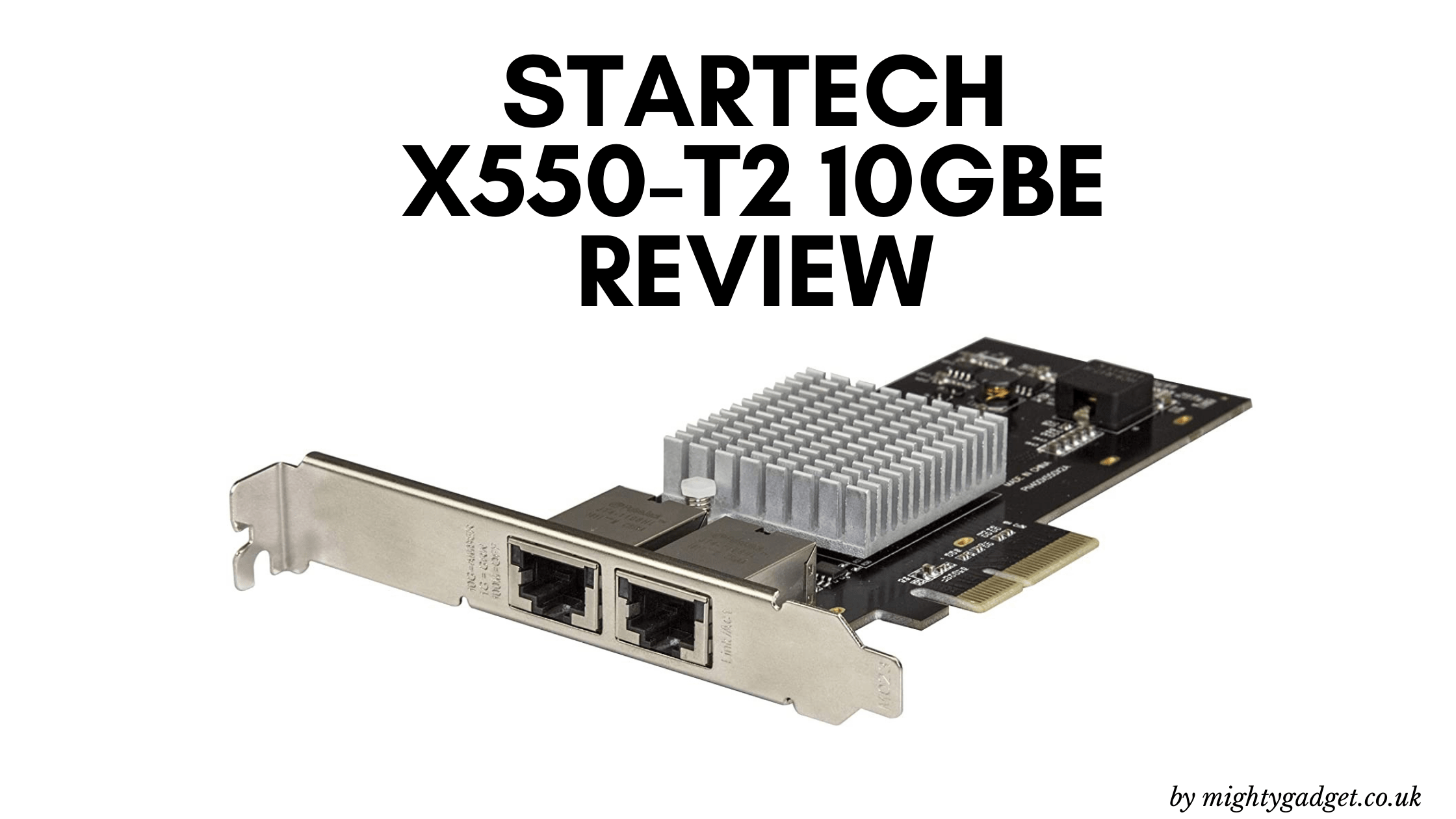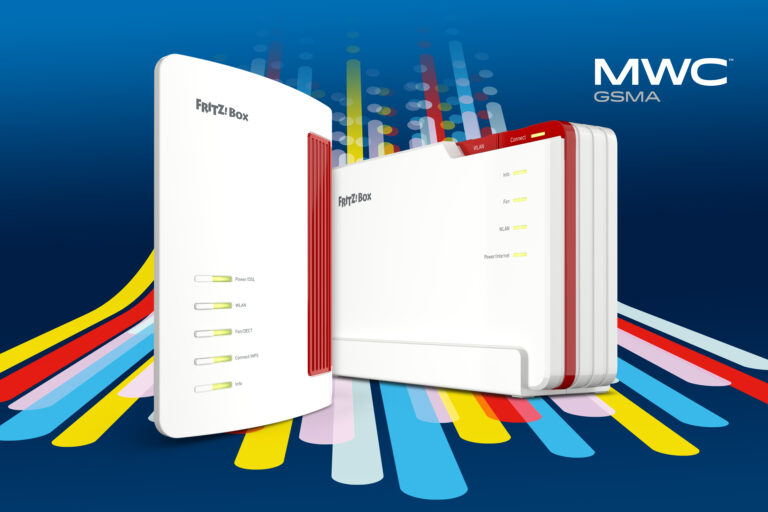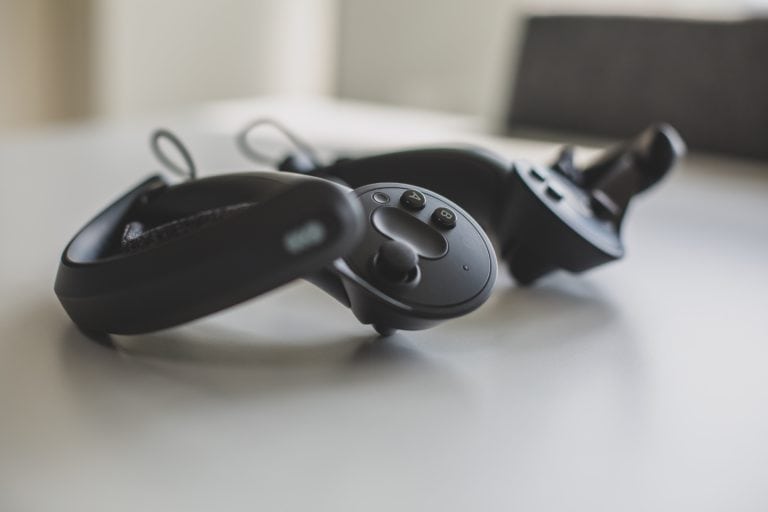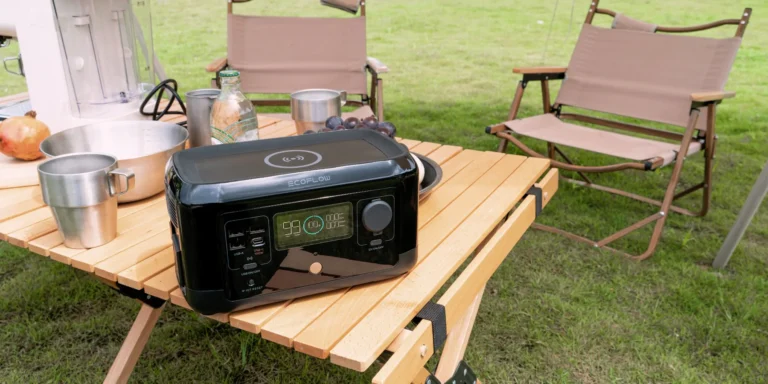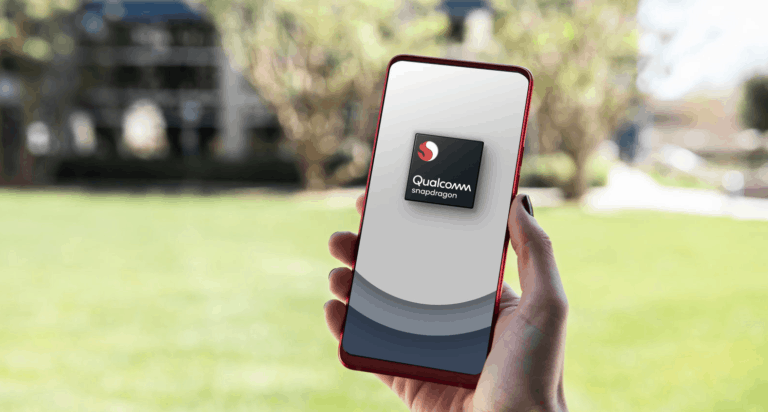Any links to online stores should be assumed to be affiliates. The company or PR agency provides all or most review samples. They have no control over my content, and I provide my honest opinion.
I have recently been featuring more multi-gig networking products on the site. Most of these are aimed at home enthusiast/SOHO users and are as affordable as possible.
The StarTech Intel X550-T2 may not quite tick those boxes being priced between £190-280 depending on stock. While this may be pricey for your average home users and their plex server, for a business wanting a dual-port 10GBASE-T card it is one of the best (few) options out there.
| Preview | Product | Rating | Price | |
|---|---|---|---|---|

| StarTech.com Dual Port 10G PCIe Network Adapter Card -... | £397.63 | Buy on Amazon |
Features
The StarTech ST10GPEXNDPI is just a 3rd party implementation of the Intel X550-T2.
A full product brief can be found on the Intel website here
- Intel’s second-generation dual-port 10GBASE-T controller with integrated MAC and PHY.
- Standard CAT 6a cabling with RJ45 connectors.
- Supports NBASE-T technology (2.5 and 5.0 GbE over CAT 5e)
- Backward compatibility with existing 1000BASE-T networks simplifies the transition to 10 GbE.
- PCI Express 3.0 x4 with up to 8.0 GT/s
- Unified networking delivering LAN,iSCSI and FCoE in one low-cost CAN
- Flexible I/O virtualisation for port partitioning and Quality of Service (QoS) of up to 64 virtual ports.
- Support for most network operating systems,
Set Up
This comes with both a standard and low profile bracket allowing it to fit in any chassis size. Beyond slotting it in, there is not much set up to do. Unlike the ASUS XG-C100C with its Aquantia chipset, this was recognised out of the box.
Perhaps more importantly, Intel’s X550 controller ships with drivers for all server and desktop/workstation-grade operating systems from Microsoft, VMware as well as numerous Linux distributives.
With the Aquantia based cards requiring driver installation, this will likely rule them out for many enterprise installations.
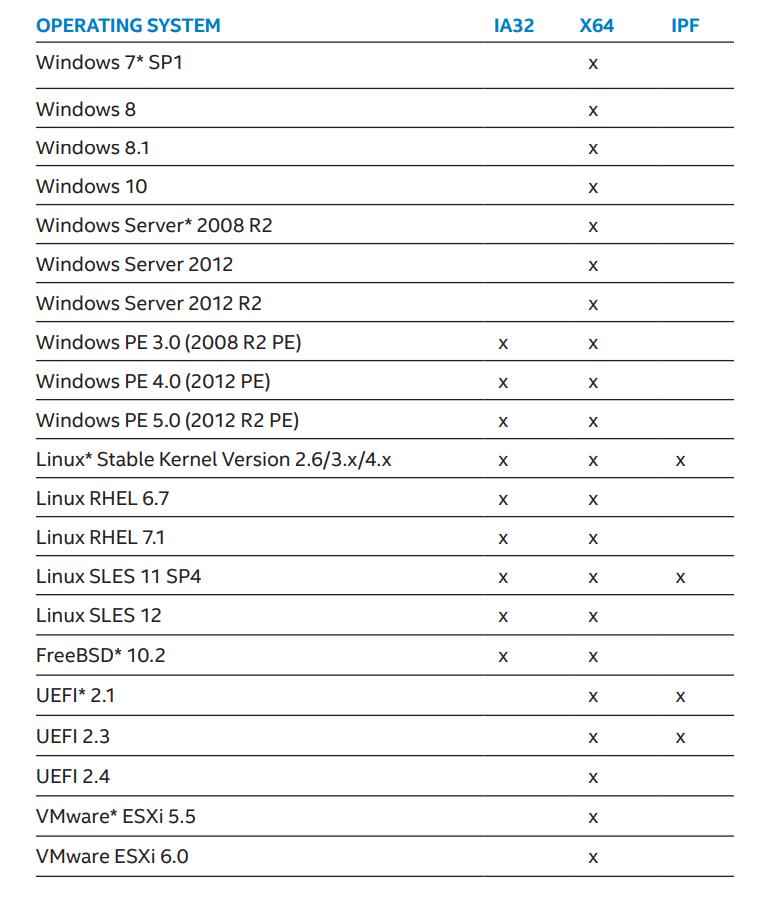
Performance
The biggest issue with testing the performance of a 10 Gigabit Ethernet Card is matching up all the hardware to handle the speeds. While I have reviewed the Xyxel 10GbE switch and 10GbE copper transceivers, I struggled to get full 10-gig speeds.
I ended up having to connect my server and PC directly with the ASUS XG-C100C and StarTech X550-T2, so the performance is capped by whichever is the slowest card.
With this system in place and transferring from a Kingston KC2500 NVMe to a Kingston Kingston DC1000M I was able to achieve the speeds you would expect. In testing, this was a touch under 9.5 Gbits/sec or around 1180MB/s.
Intel X550 vs X540 vs Aquantia
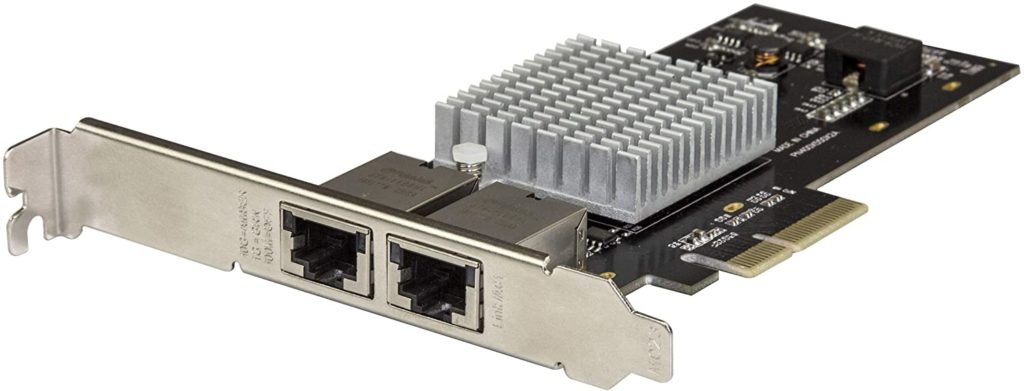
10Gbase-t has been painfully slow to become mainstream, we are only just seeing multi-gig being implemented on consumer motherboards.
Intel has dominated the scene for years and charged typical Intel prices. This changed when Aquantia (now owned by Marvel) launched their 10GBASE-T controllers. Nearly all the cards using Aquantia are single port and generally aimed at the consumer/enthusiast market.
One exception appears to be the Qnap 10GbE PCIe Card QXG-10G2T-107 which is a dual port but has a fan for cooling.
As I have limited access to different cards and hardware set ups, it has been difficult to make a comparison of performance. However, I found two posts that show some comparisons
In this Aquantia AQTION AQC107 vs INTEL X550-T2 comparison, initially, the tester had issues getting the read speeds of Aquantia to perform anywhere near appropriately. However, by switching the MTU value to 9014 the Aquantia outperformed the Intel slightly.
In this post comparison between the Aquantia AQC-107 10Gb vs (the older) Intel X540 10Gb the tester concluded:
The Aquantia AQC-107 in my testing is 0.032% faster than the Intel X540-T2 (when using a single port on the T2 card). And it’s on average 0.019ms lower latency. It also seems to create around 0.2% less System Interrupt load.
/r/hardware
In terms of the Intel X550 vs X540, performance should be about the same but the new card is more efficient. Power usage is stated at up to 13W at 10GbE using dual ports with an average power of 11.2W. This drops in half down to gigabit. The X540TW uses 17.4W (typical) and 9.5W at gigabit so quite a big difference.
The Intel X550 uses PCIe 3.0 x 4 whereas the X540 uses PCIe 2.1 x8 which is a useful change for me at least, as I have spare x4 slots but not x8/x16.
Price and Alternative Options
Current pricing of this is not good, Startech tries and sell it for almost £500 but direct from Startech on Amazon is £284. Even that is too much.
However, up until June, the price was £185 direct from Amazon.
The official Intel X550-T2 Ethernet 10 Gigabit PCI-E Network Adapter is £240 from Scan, but you can buy it for as low as £177 from third parties on Amazon. However, I am not sure if these will be genuine.
10Gtek have an X550-T2 for £235.
So if you specifically want the Intel X550-T2 and can Amazon stock it again for £185, then this is a good buy.
The best price I can currently find for a dual-port 10Gbase-t Ethernet Card is the 10Gtek X540-T2 for £180. Currently, the StarTech version of this costs more than the X550 model.
For home users wanting a single port, there is little need to look further than the ASUS XG-C100C for just £80. It is probably not something you want to deploy in a production server in your business, though.
Overall
Current pricing of the StarTech doesn’t make it too appealing with this being around £40 more than competing options including Intel themselves. However, if Amazon ever stocks it again, the price was £185 which is the lowest price for an X550 based card I can find and puts it £5 more than the X540-T2 based card from 10Gtek.
The X550 seems like a logical choice over the X450 with driver support lasting through to 2029, and it uses less power with a more convenient PCIe3x4 connection.
If you want a dual-port 10GBASE-T card and can find this at a reasonable price compared to the genuine Intel part, there is no reason not to get this.
| Preview | Product | Rating | Price | |
|---|---|---|---|---|

| StarTech.com Dual Port 10G PCIe Network Adapter Card -... | £397.63 | Buy on Amazon |
StarTech.com Intel X550-T2 10GbE Network Card Review Rating
Summary
Intel is a superior solution than Aquantia for any business looking for maximum compatibility and support, they are also the only decent dual port option.
X550 based models don’t cost much more than X540 while offering longer support, a superior interface and lower power.
Current pricing isn’t that appealing, but the Startech card has been the most affordable option in the past
Overall
70%-
Overall - 70%70%
Pros
It was the cheapest X550-T2
X550 offers a superior spec and longer support than X540
Intel offers vastly more support than Aquantia
Cons
Current Price
Home users wanting a single port can skip Intel altogether
I am James, a UK-based tech enthusiast and the Editor and Owner of Mighty Gadget, which I’ve proudly run since 2007. Passionate about all things technology, my expertise spans from computers and networking to mobile, wearables, and smart home devices.
As a fitness fanatic who loves running and cycling, I also have a keen interest in fitness-related technology, and I take every opportunity to cover this niche on my blog. My diverse interests allow me to bring a unique perspective to tech blogging, merging lifestyle, fitness, and the latest tech trends.
In my academic pursuits, I earned a BSc in Information Systems Design from UCLAN, before advancing my learning with a Master’s Degree in Computing. This advanced study also included Cisco CCNA accreditation, further demonstrating my commitment to understanding and staying ahead of the technology curve.
I’m proud to share that Vuelio has consistently ranked Mighty Gadget as one of the top technology blogs in the UK. With my dedication to technology and drive to share my insights, I aim to continue providing my readers with engaging and informative content.
Last update on 2025-07-04 / Affiliate links / Images from Amazon Product Advertising API

